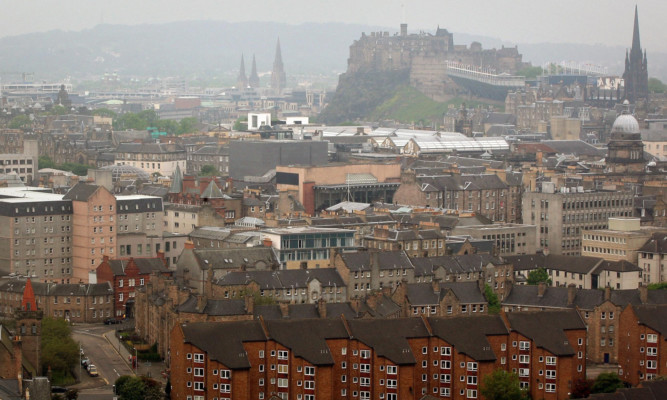The source of a Legionnaires’ disease outbreak in Edinburgh in which four people died is likely to have been an industrial complex containing wet cooling towers, a report has said.
Investigators concluded the outbreak in May 2012 was caused by an “aerosol release” of the organism over a defined area of the south-west of the city.
A total of 56 confirmed cases of Legionnaires’ disease and 36 probable and possible cases were linked to the situation.
The confirmed cases included Bert Air, Sean Ferguson, John Lonnie and Sylvia Riddell, who died after contracting the disease.
NHS Lothian today published the final report into the outbreak on behalf of the multi-agency incident management team (IMT).
The report states: “Although the incident management team could not establish the specific source of the organism, it has concluded that the most likely source of this aerosol release was an industrial complex containing wet cooling towers in the north east of the affected area.”
The Crown Office has previously said that there is insufficient evidence to prosecute any person or organisation for the deaths as it has not been possible to identify the precise source.
However, as a result of the investigation the Health and Safety Executive (HSE) submitted a number of reports to the Crown Office for breaches of health and safety regulations unrelated to the deaths of the four people.
A number of companies will be prosecuted in relation to those breaches.
The report found that the aerosol release of the organism probably started around May 23 and ended on May 30.
It said that the north-easterly wind direction and high population density of the area probably contributed to the clustering of cases, facilitating early identification of the outbreak and identification and prompt disinfection of possible sources of the aerosol.
The outbreak had a “considerable impact” on NHS services during June 2012, with more than 1,000 patients investigated and treated in primary care.
The report praised the way the outbreak was dealt with, saying: “Any Legionnaires’ disease outbreak has the potential to cause public concern or even alarm.
“The most important lesson from this outbreak was the speed and skill with which the different professionals from partner agencies and NHS Lothian investigated the outbreak and the potential environmental sources.”
It has highlighted a number of areas for improvement, including the revision of Scottish national Legionella outbreak response guidance and additional training and exercising of joint agency plans.
Professor Alison McCallum, director of public health and health policy, NHS Lothian said: “I would once again express my sincere condolences to the families of those who died during this outbreak and the patients affected.
“The review of outbreak management and the subsequent public health research has provided valuable in enhancing the existing knowledge on Legionella outbreaks and control.”
The IMT included representatives from NHS Lothian, City of Edinburgh Council, Health and Safety Executive, Health Protection Scotland, Scottish Haemophilus, Legionella, Pneumococcus & Meningococcus Reference Laboratory (SHLMPRL) – NHS Greater Glasgow and Clyde and the Scottish Government.
Legionella bacteria are commonly found in sources of water such as rivers and lakes. They can end up in artificial water supplies such as air conditioning systems, water services and cooling towers.
Legionnaires’ disease is contracted by breathing in small droplets of contaminated water. It is not contagious and cannot be spread directly from person to person.
